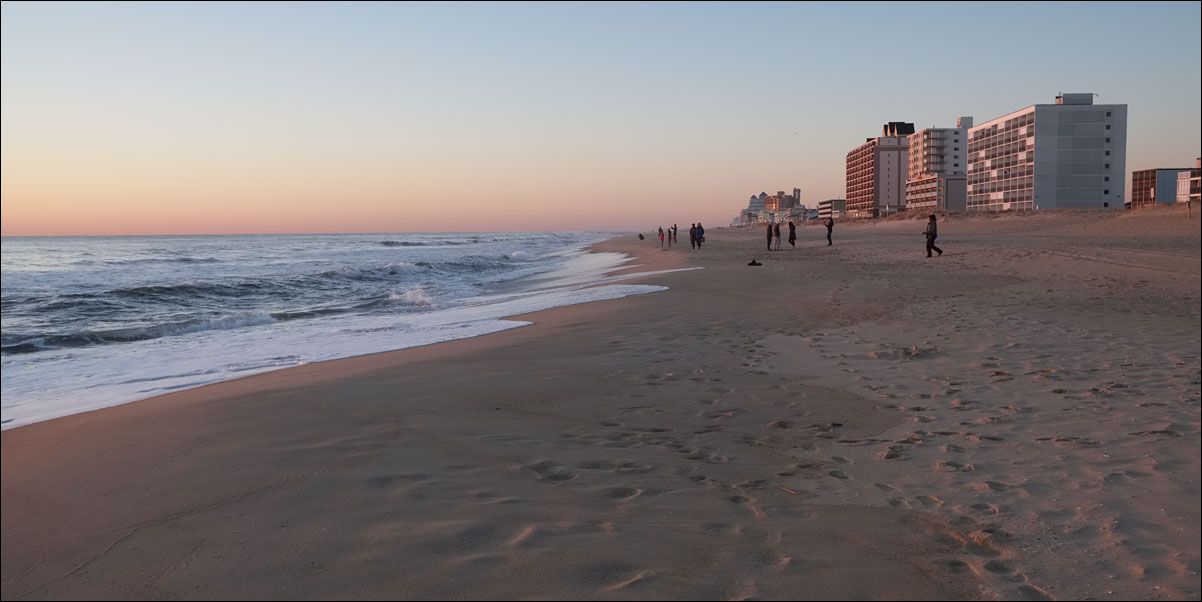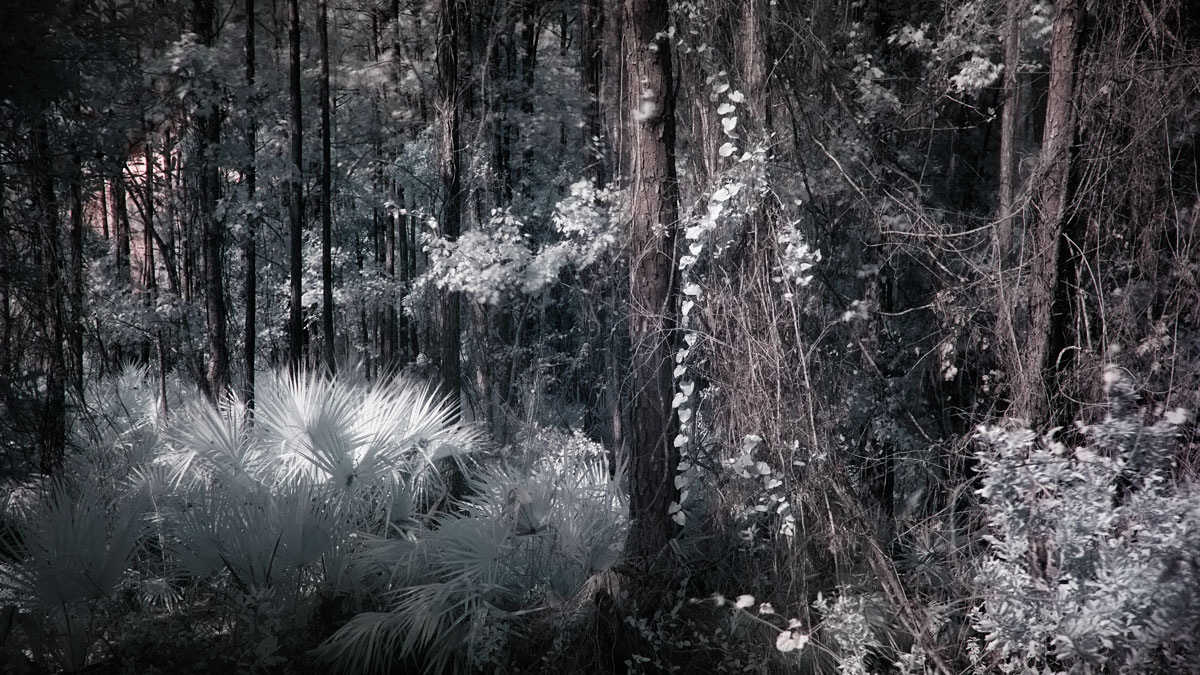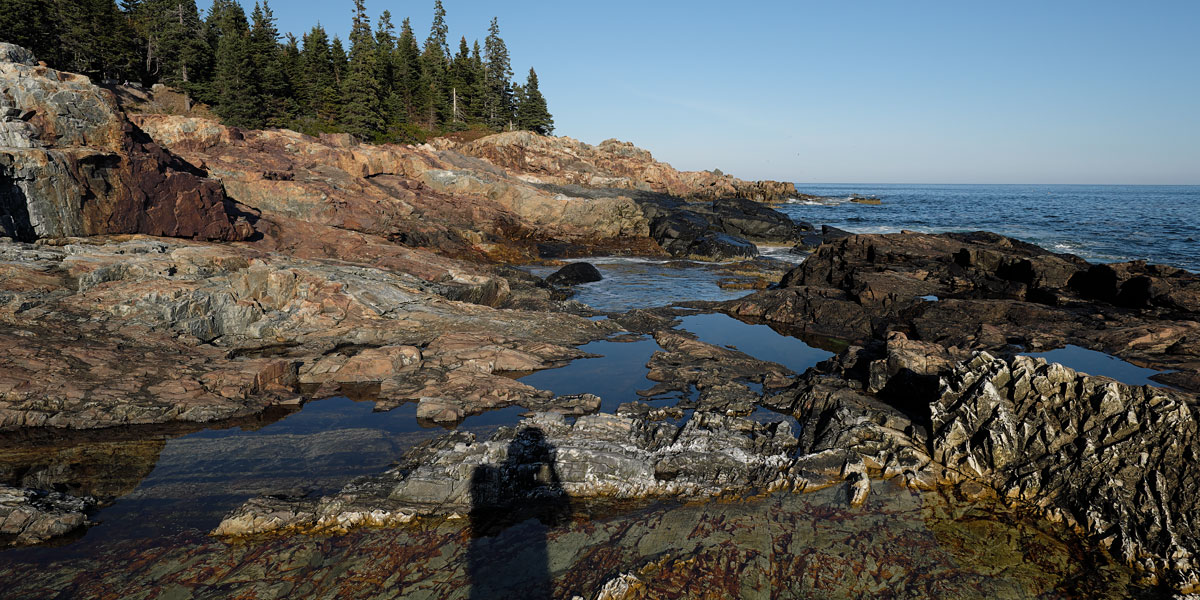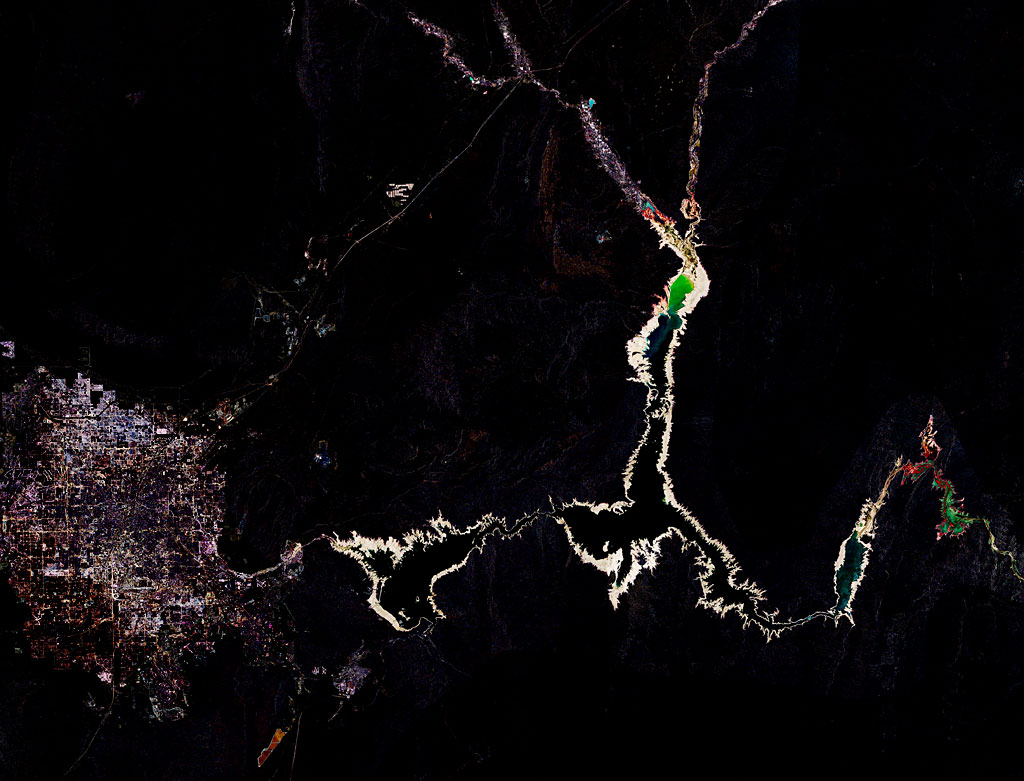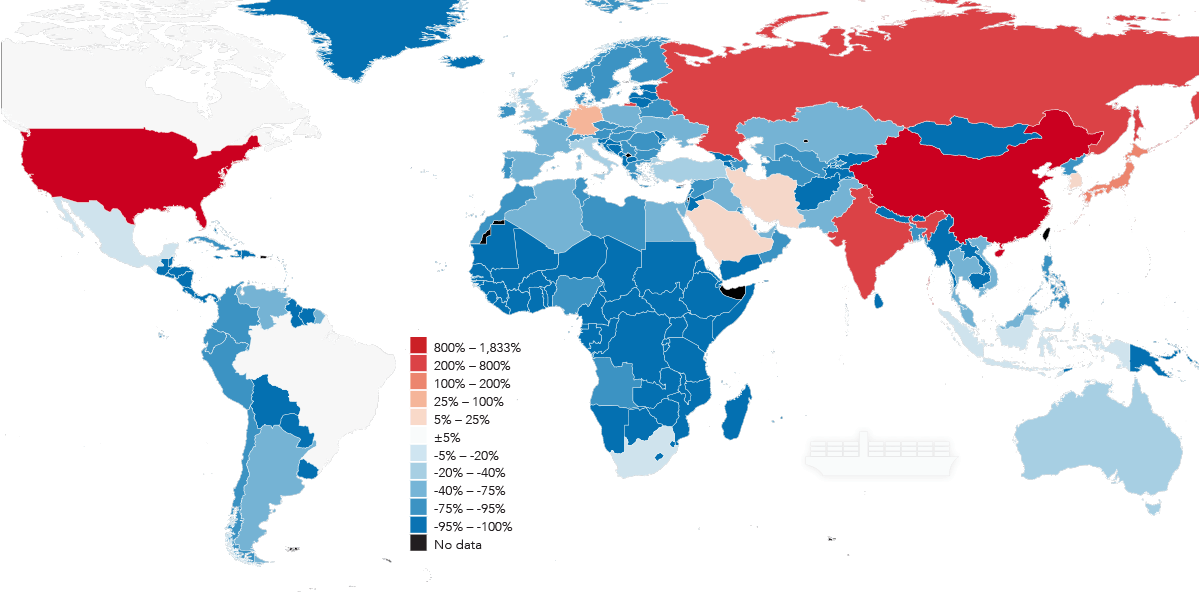 This week, the International Maritime Organization (IMO) is meeting to discuss carbon emissions from shipping. Over 80% of our goods are transported by ship. This map shows 2014 national CO2 emissions in relation to the 2014 shipping CO2 emissions of 532 million tonnes from container, bulk carrier, vehicle and general cargo ships, and chemical and liquid tankers, representing 34,112 vessels with a combined deadweight of 1.2 billion tonnes. Red indicates nations with carbon emissions 5% or greater than shipping, blue -5% or less. Brazil and Canada have emissions within ±5% of total shipping emissions. Shipping as a carbon source would rank 12th out of the 206 nations shown. Oil and LNG tankers as well as passenger and fishing vessels are not included in this analysis. The shipping activity represented here is 1.6% of all global emissions. Shipping is expected to become 20% in 2050. Data sources: World Bank, Oak Ridge National Laboratory, International Council on Clean Transportation. Click on the image for a larger view.
This week, the International Maritime Organization (IMO) is meeting to discuss carbon emissions from shipping. Over 80% of our goods are transported by ship. This map shows 2014 national CO2 emissions in relation to the 2014 shipping CO2 emissions of 532 million tonnes from container, bulk carrier, vehicle and general cargo ships, and chemical and liquid tankers, representing 34,112 vessels with a combined deadweight of 1.2 billion tonnes. Red indicates nations with carbon emissions 5% or greater than shipping, blue -5% or less. Brazil and Canada have emissions within ±5% of total shipping emissions. Shipping as a carbon source would rank 12th out of the 206 nations shown. Oil and LNG tankers as well as passenger and fishing vessels are not included in this analysis. The shipping activity represented here is 1.6% of all global emissions. Shipping is expected to become 20% in 2050. Data sources: World Bank, Oak Ridge National Laboratory, International Council on Clean Transportation. Click on the image for a larger view.
April 13th update: the IMO did agree to a 50% reduction in emissions from 2008 levels by 2050. While this cannot be a final target, it is a good step. This is the first time the IMO has set carbon targets.

